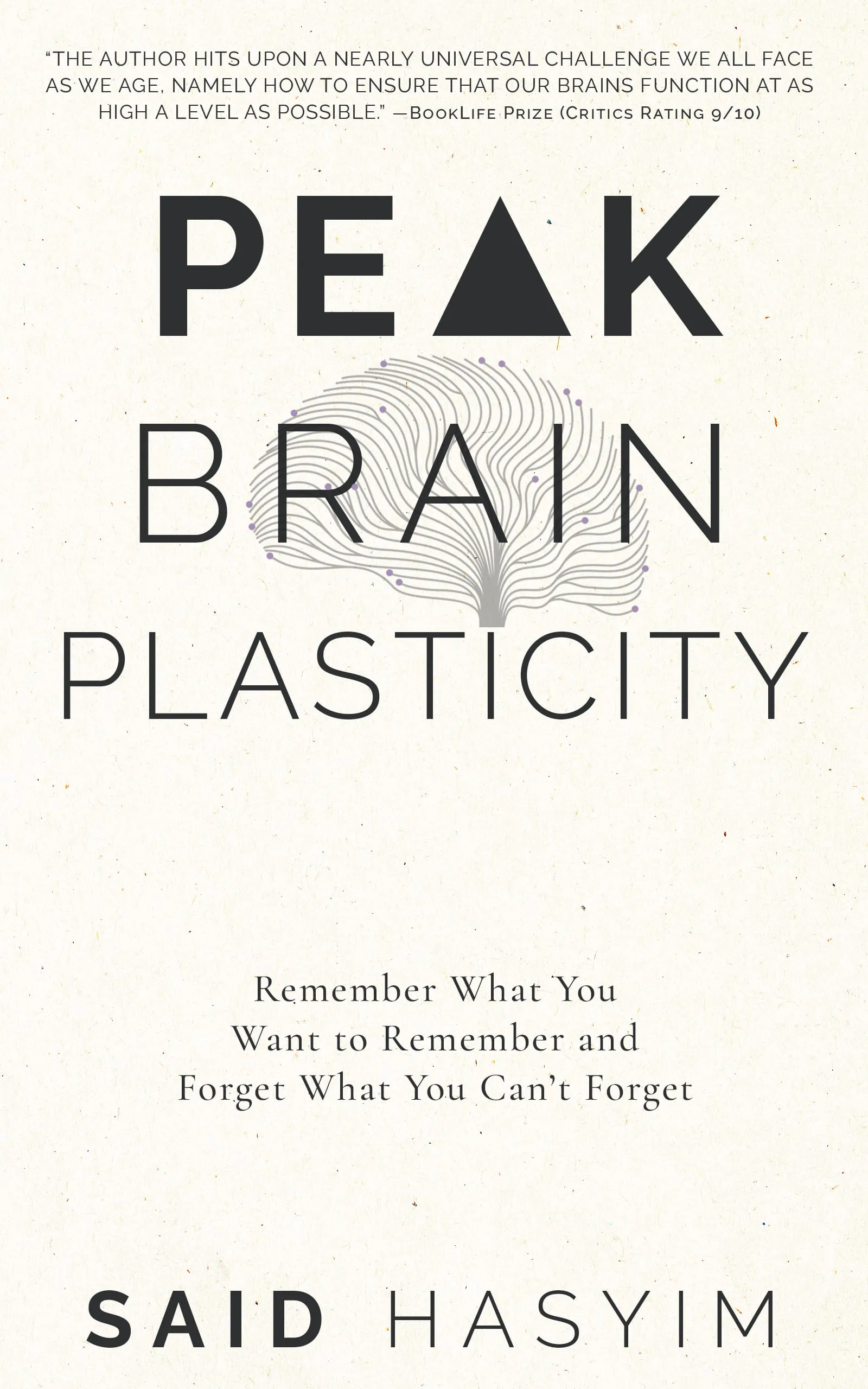Engaging All Senses for Enhanced Memory
Memory plays a crucial role in our daily lives, and how effectively we can remember information can often determine our success in various domains—be it academics, professional environments, or personal relationships. While traditional memory techniques often emphasize verbal and written methods, we can vastly enhance our ability to retain information by incorporating a whole spectrum of sensory experiences. This blog post explores how engaging all our senses can lead to more robust and lasting memories.
The Science Behind Memory
Before diving into sensory engagement, let’s briefly discuss how memory works. Memory involves three primary processes: encoding, storage, and retrieval.
Encoding: This is the initial phase where information is transformed into a format that can be stored. The more ways we can encode these experiences—visual, auditory, tactile, olfactory, and gustatory—the stronger the memory will become.
Storage: Once encoded, information is stored in our brain, where it remains until needed. Memories can be stored in different ways and for varying durations.
Retrieval: This is the process of accessing stored information when we need it. Engaging multiple senses during encoding can enhance our ability to retrieve that information later.
Understanding these processes lets us tailor methods to carve out lasting memories, with emphasis on actively engaging our senses.
The Five Senses and Memory
1. Sight
Visual cues are among the most powerful tools for memory. Our brains process images far more quickly and efficiently than text.
- Techniques:
- Use color-coded notes or visual diagrams to categorize information.
- Incorporate graphs, charts, and illustrations to represent data visually.
- Practice techniques like the Method of Loci, which involves visualizing a familiar place to remember information by associating it with specific locations.
2. Sound
Auditory stimuli can also enhance memory. This is why many people find that they remember song lyrics more easily than spoken words.
- Techniques:
- Utilize mnemonic devices that incorporate rhymes or rhythms to make information more memorable.
- Read aloud when studying or listen to lectures while taking notes. The auditory engagement reinforces learning.
- Create auditory associations; for example, pairing sound bites with particular subjects to create a unique learning experience.
3. Touch
Tactile experiences can significantly bolster memory. Engaging physically with the material can create deeper cognitive connections.
- Techniques:
- Use manipulatives—physical objects you can handle—to learn new concepts, especially in subjects like math or science.
- Write notes by hand; studies show that writing instead of typing can help reinforce memory through physical engagement.
- Conduct experiments or create models if learning a new topic, making the theoretical material more concrete through touch.
4. Smell
The sense of smell is closely linked to memory and emotion. Several studies confirm that certain scents can trigger strong associative memories.
- Techniques:
- Use specific scents while studying or working, perhaps essential oils or candles, that you can also smell during recall situations (like exams). This creates a linkage in your brain between the information and the smell.
- Create a unique smell (like baking cookies or brewing coffee) that you associate with a project or subject. The aroma can help you recall the information later.
5. Taste
While taste is often overlooked in memory discussions, it can still play a role, especially in subjects like nutrition, cooking, or cultural studies.
- Techniques:
- Prepare food related to the topics you’re studying; for example, cooking a traditional dish while learning about its history can provide a multi-sensory learning experience.
- Use taste when memorizing facts about specific cuisines by preparing or tasting the dishes relevant to the studies.
Creating Multi-Sensory Learning Experiences
To foster a more ineffective and pleasurable study environment, consider integrating activities that engage multiple senses simultaneously:
- Interactive Learning: Combine activities that involve storytelling (auditory), drawing (visual), and crafting a model (tactile) to cover complex topics.
- Field Trips: Visit museums, historical sites, or nature centers. The sights, sounds, and even smells of these experiences are linked to how we encode and, therefore, remember the relatively simple facts.
- Creative Projects: Engage in projects that let you express learned material artistically—whether through presentations that utilize visuals and audio, or group discussions that evoke multi-sensory stimulation.
The Role of Emotion in Memory
It’s essential to mention that emotions can also significantly affect memory retention. Engaging the senses often creates an emotional experience, which acts as a powerful memory enhancer. For instance, a moving speech with evocative sound and imagery or a participatory event that is tactile can leave a lasting impact.
- Techniques:
- Share personal anecdotes related to the material being studied. Personal connections help anchor memories.
- Create engaging narratives around the facts you want to remember; stories can entwine sensory details with emotional responses.
Conclusion
Leveraging all five senses in the process of learning and memory can transform the way we absorb and retain information. By engaging sight, sound, touch, smell, and taste, we can create richer, multi-faceted memory experiences. This holistic approach not only enhances our capacity for remembering facts but also makes learning more dynamic and enjoyable. So, the next time you approach a study session or project, consider how you can engage your senses to foster a more profound and lasting memory. Let your experiences become more vivid and memorable by simply reaching beyond the written word!
By embracing sensory experiences, we step into a realm of learning that's not just effective, but also inherently human, rich with meaning and engagement.
Harness the Power of Neuroplasticity
Discover Peak Brain Plasticity, a practical book to harnessing neuroplasticity. Enhance your memory, learn new languages quickly, and alleviate anxiety with effective study methods. Uncover daily habits that impact cognitive health and explore techniques for accelerated learning and memory retention. Unlock your brain's potential for growth and transformation.
